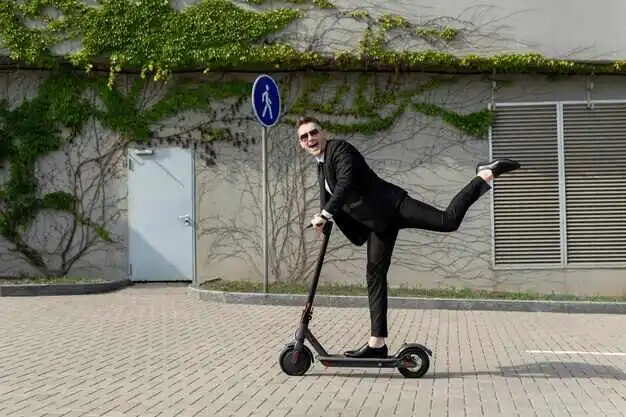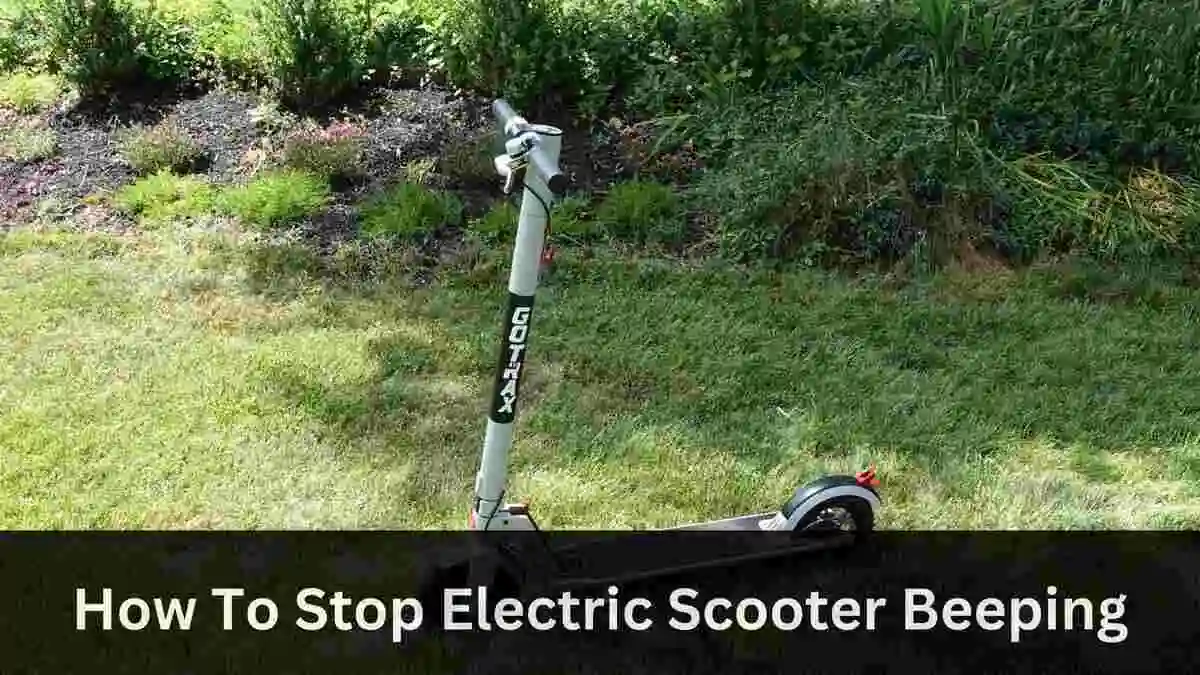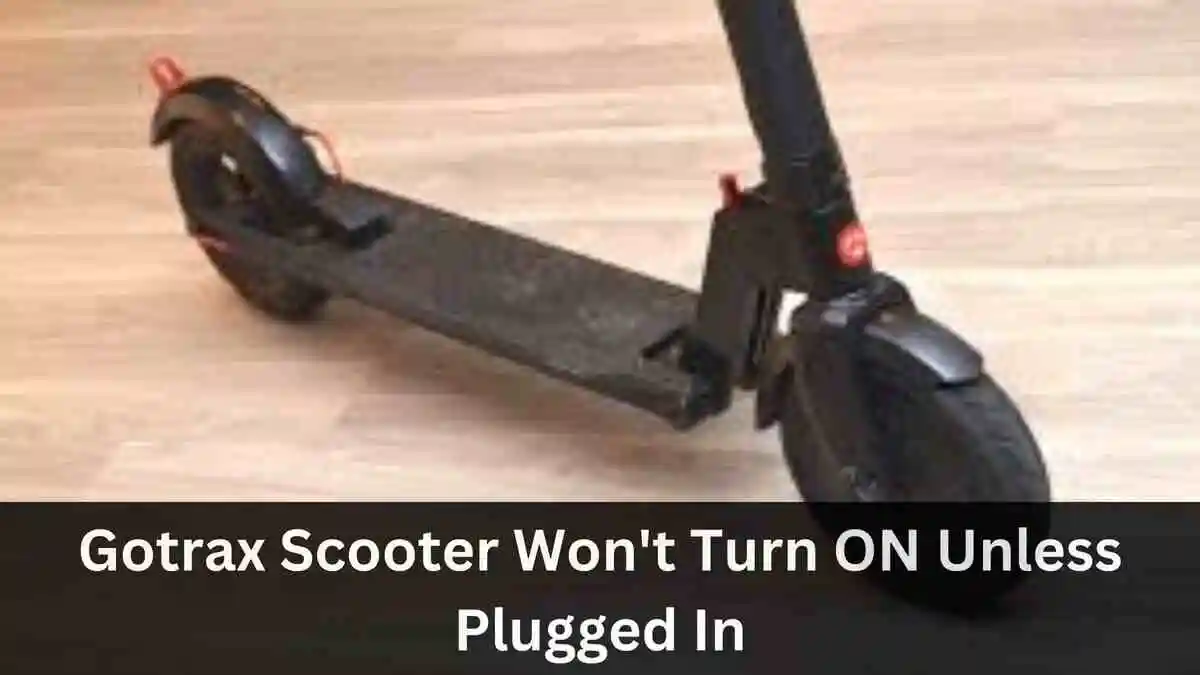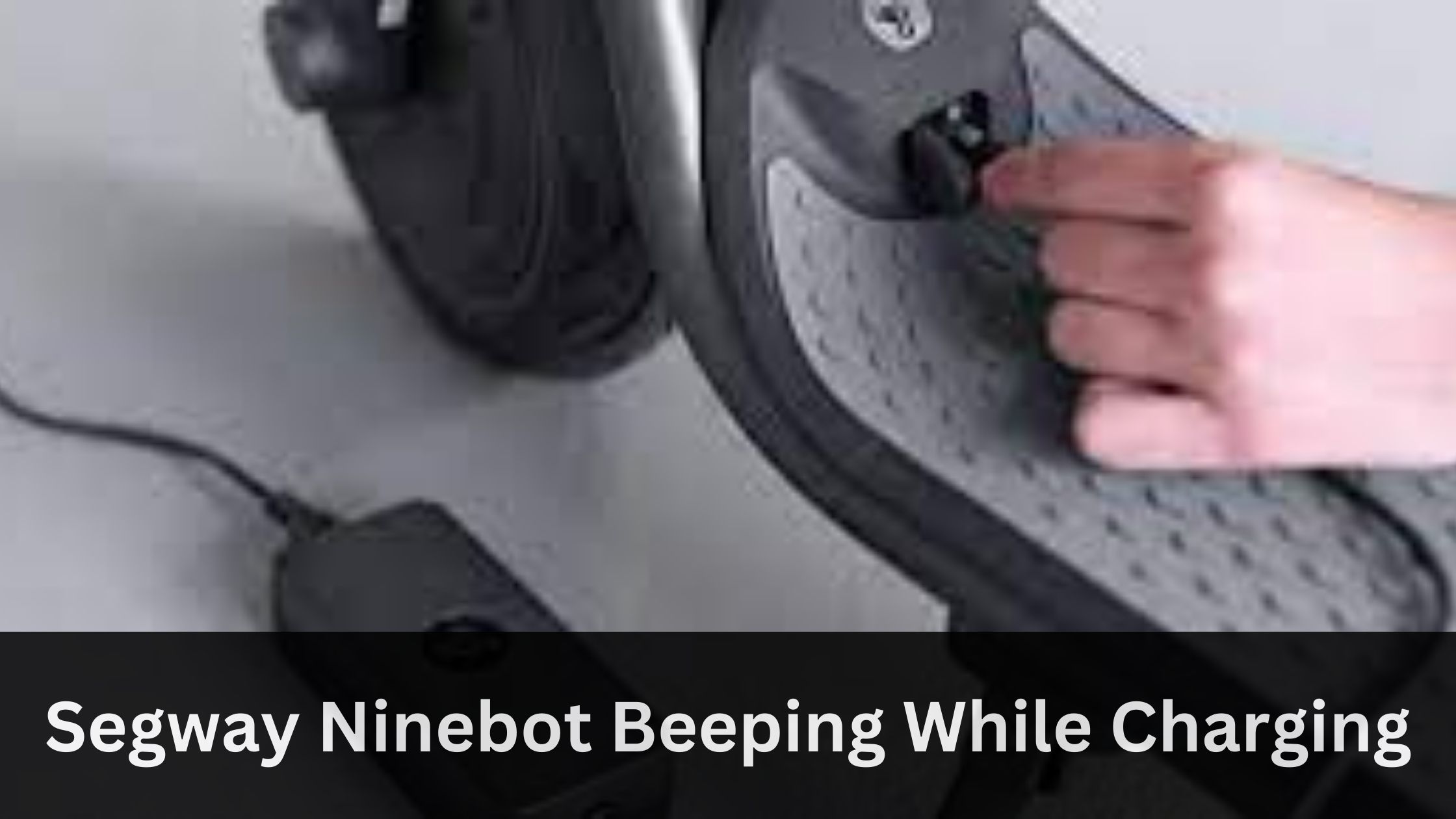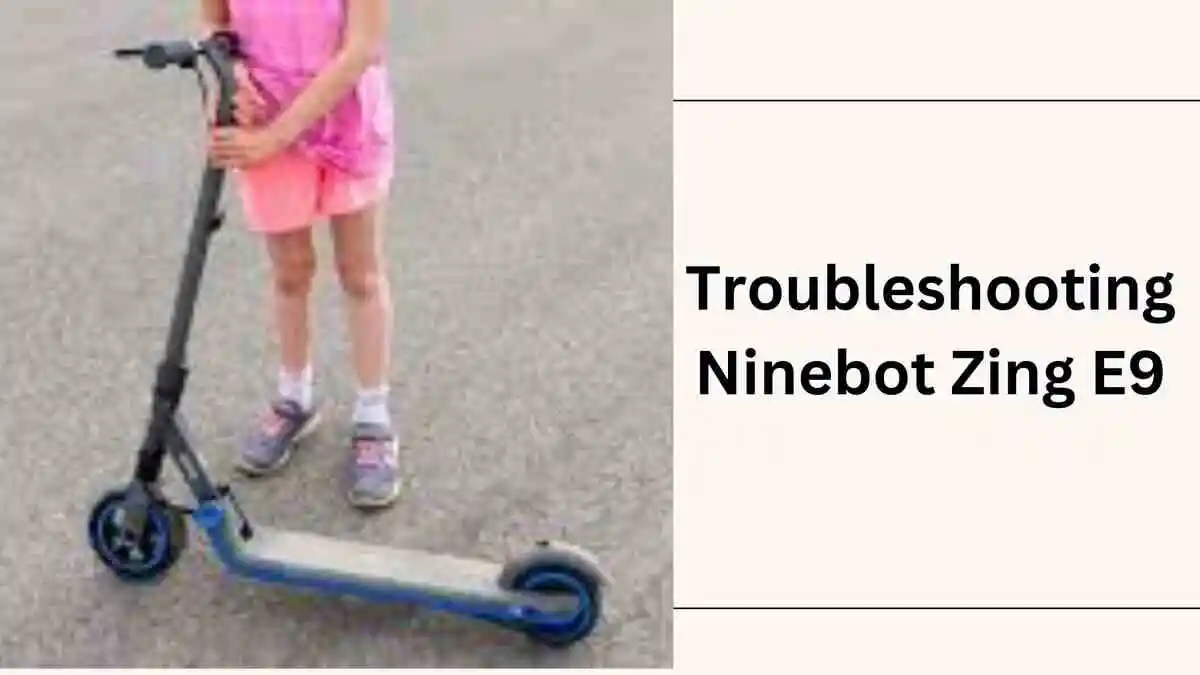Micro scooters have taken the world by storm, offering a fun and eco-friendly way to navigate our surroundings. Amid the joy of scooting, one crucial aspect often overlooked is the handlebar height. The perfect height can make all the difference in your comfort, control, and overall riding experience.
In this guide, we’ll delve into the factors influencing handlebar height and provide you with practical tips to find your sweet spot.
What Factors Need to be Considered:
Finding the perfect handlebar height is a personal journey. Explore, experiment, and adjust until you discover your ideal riding bliss. Micro scootering is about freedom, fun, and personal expression – let your handlebars guide you towards the perfect ride!
1. Rider’s Height:
The first and foremost consideration when determining handlebar height is the rider’s height. Taller riders generally require higher handlebars to maintain an ergonomic and comfortable riding position. Conversely, shorter riders may find it challenging to control a scooter with excessively high handlebars.
As a general guideline, handlebars should be at waist height for most riders. This ensures a comfortable stance and allows for better control and maneuverability. However, personal preference also plays a role, and riders may experiment with different heights to find what suits them best.
2. Riding Style:
The intended use of the micro scooter also influences the ideal handlebar height. Riders who primarily use scooters for commuting may prefer slightly lower handlebars for better aerodynamics and ease of navigation through crowded areas.
On the other hand, riders who engage in tricks or stunts might opt for slightly higher handlebars to facilitate better control during maneuvers.
3. Scooter Type:
The type of micro scooter you own can impact the ideal handlebar height. Different models and brands may have varying designs that affect the rider’s posture. It’s essential to consult the manufacturer’s recommendations for your specific scooter model, as they often provide guidelines on the ideal handlebar height range.
4. Comfort and Safety:
Comfort is paramount when choosing handlebar height. Riders should feel at ease and in control while cruising on their micro scooters. Uncomfortable handlebar heights can lead to fatigue, muscle strain, and reduced overall enjoyment of the riding experience.
Safety is another crucial factor. Handlebars that are too low or too high may compromise stability and control, increasing the risk of accidents. Always prioritize safety by choosing a handlebar height that allows for proper steering and balance.
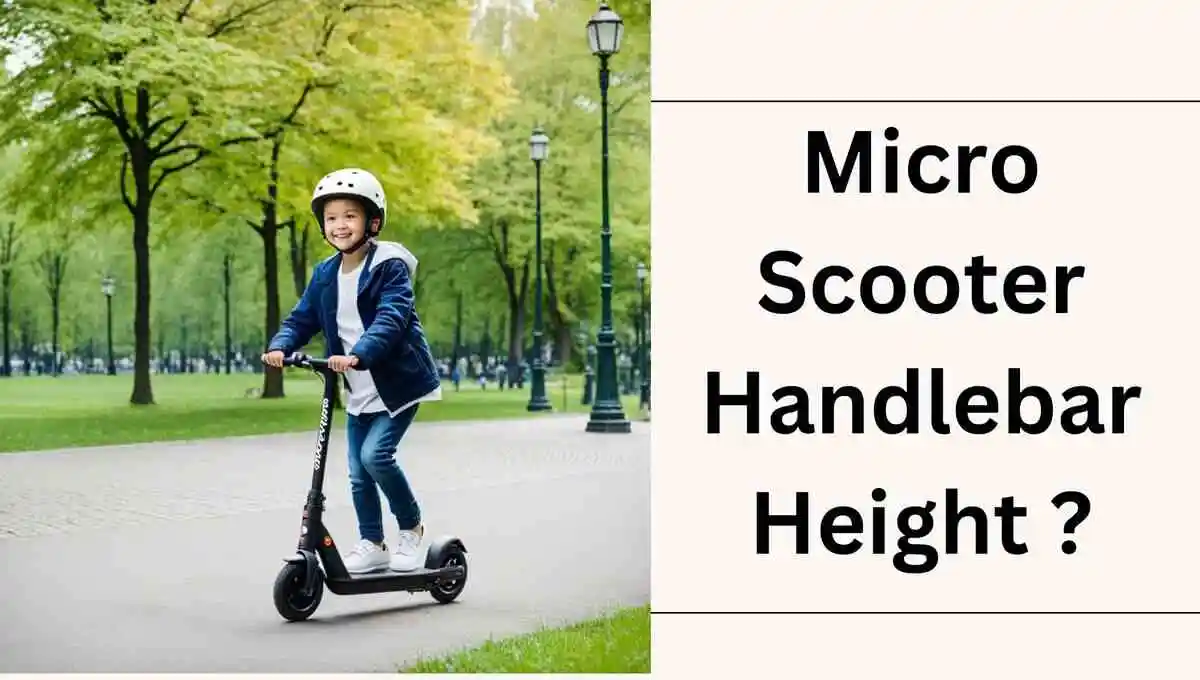
How High Should Micro Scooter Handlebars Be?
Now, let’s break down some general guidelines based on age and riding style:
For Children:
- Ages 2-5: Adjustable handlebars between 50-70 cm, reaching hip height.
- Ages 5-8: Heights between 65-80 cm, reaching waist or belly button level.
- Ages 8-12: Opt for 75-90 cm heights, allowing slight stooping for comfort and control.
For Adults:
- Casual Riders: Set handlebars slightly below waist height for a relaxed, upright posture.
- Active Riders: Aim for a height around your belly button for improved maneuverability.
- Trick Scooters: Consider higher handlebars (chest level) for trick leverage, prioritizing safety and comfort.
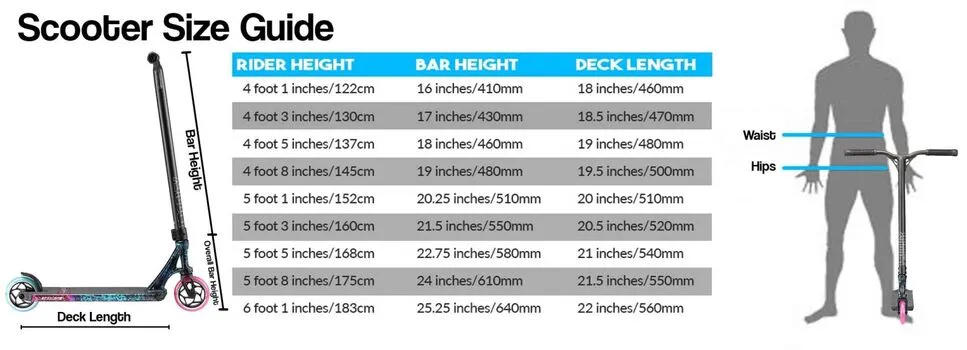
Fine-Tuning for Perfection: Beyond the Basics
Remember, these are starting points. Customize your experience with these tips:
- Adjustable Scooters: Opt for scooters with adjustable handlebars for evolving preferences.
- Posture Check: Stand tall with a slight knee bend. If you’re hunched or reaching too far, adjust accordingly.
- Terrain Testing: Practice on different surfaces to gauge how handlebar height affects stability and control.
- Listen to Your Body: Discomfort signals an issue. Adjust until you find a comfortable and controlled position.
Advanced Tips for Experienced Riders:
- Handlebar Width: Wider for stability, narrower for precision – choose based on your riding style.
- Grip Thickness: Opt for thicker grips for enhanced comfort, especially on longer rides or rough terrain.
- Safety First: Always ensure functional brakes, a securely fastened helmet, and adherence to traffic regulations.
Conclusion:
Finding the right handlebar height for your micro scooter is a personal journey that involves considering your height, riding style, scooter type, and overall comfort and safety. Experimenting with different heights and making small adjustments can help you fine-tune your riding experience.
Always refer to the manufacturer’s guidelines for your specific scooter model and prioritize safety to ensure a enjoyable and safe micro scooter ride.

